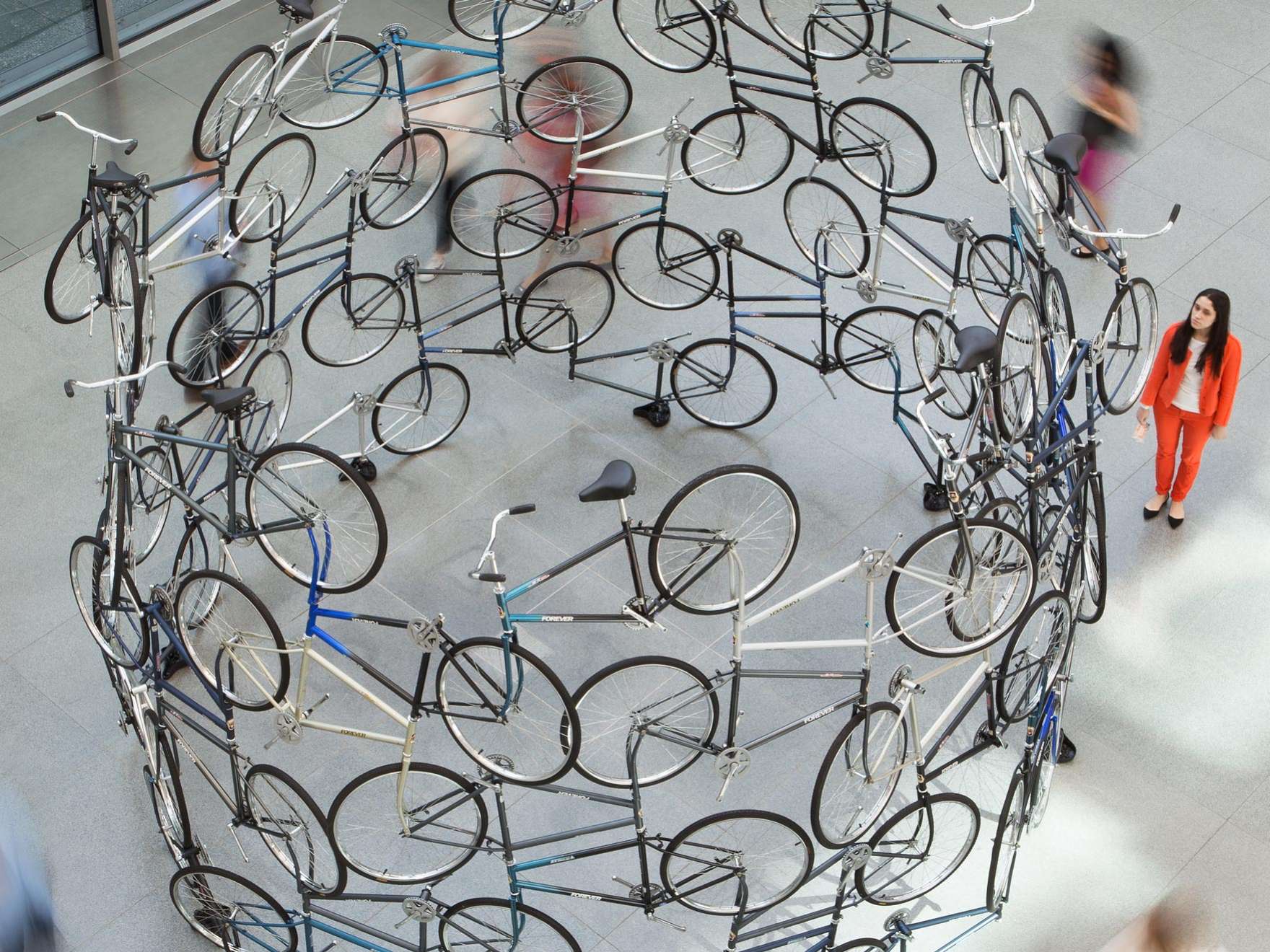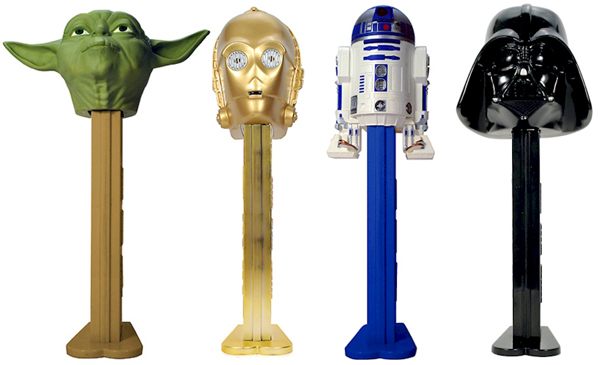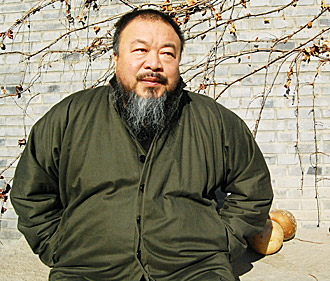Eleven artists sculpt urban reality
The accelerated rise of megacities—those with populations of more than ten million—over the last 50 years has profoundly affected the lives of their inhabitants. Asia is home to more megacities than any other continent: the works by the 11 artists in this exhibition respond to the political, environmental, and social conditions of their home cities of Beijing, Shanghai, Delhi, Mumbai, and Seoul, conveying their textures, proportions, and striking material and visual juxtapositions.
Accumulations of objects that each artist encounters in daily life—dishes, doors, plastic bags—become immersive sculptures.
Like a sprawling megacity, this exhibition extends to all corners of the Museum. You’ll find works located throughout the galleries, and even outside the Museum’s Huntington Entrance, and at Faneuil Hall.
From the endless stream of migrants in densely packed Mumbai, to the bicycles that until recently filled the streets of Beijing, works by Hema Upadhyay and Ai Weiwei evoke the constant motion that characterizes emerging megacities.
Urban consumption is at the heart of Take off your shoes and wash your hands (2008) by Delhi’s Subodh Gupta: a wall of stainless-steel utensils found in urban Indian kitchens.
Choi Jeong Hwa finds beauty and grandeur in urban appetites, with an installation comprised of cheap plastic objects from markets and 99-cent stores, while Delhi’s Asim Waqif and South Korea’s artist collective flyingCity are inspired by the rapid building that surrounds them—from the ubiquitous bamboo scaffolding of construction projects, to the metal parts churned out by machinists in central Seoul trying to compete in a globalizing market.
Aaditi Joshi amasses plastic bags on which Mumbai retail relies, finding beauty in them despite the enviromental threat discarded bags pose, and Beijing’s Yin Xiuzhen alters rubble left behind by waves of demolition around her city. Using cast aside historic objects as new construction dominates their cities, Song Dong creates interactive architectural sculptures that recall how Beijing families once ingeniously extended their cramped living spaces into rooftop pigeon coops, while Shanghai-based Hu Xiangcheng’s constructions find life in windows and doors salvaged from dismantled Ming- and Qing-era houses. Seoul’s Han Seok Hyun creates an undulating landscape of green products in Super-Natural (2011)—using bottles of rice wine and packages of dishwashing detergent—to ask how his city’s growing environmental consciousness can be reconciled with its ever advancing urban development.
















